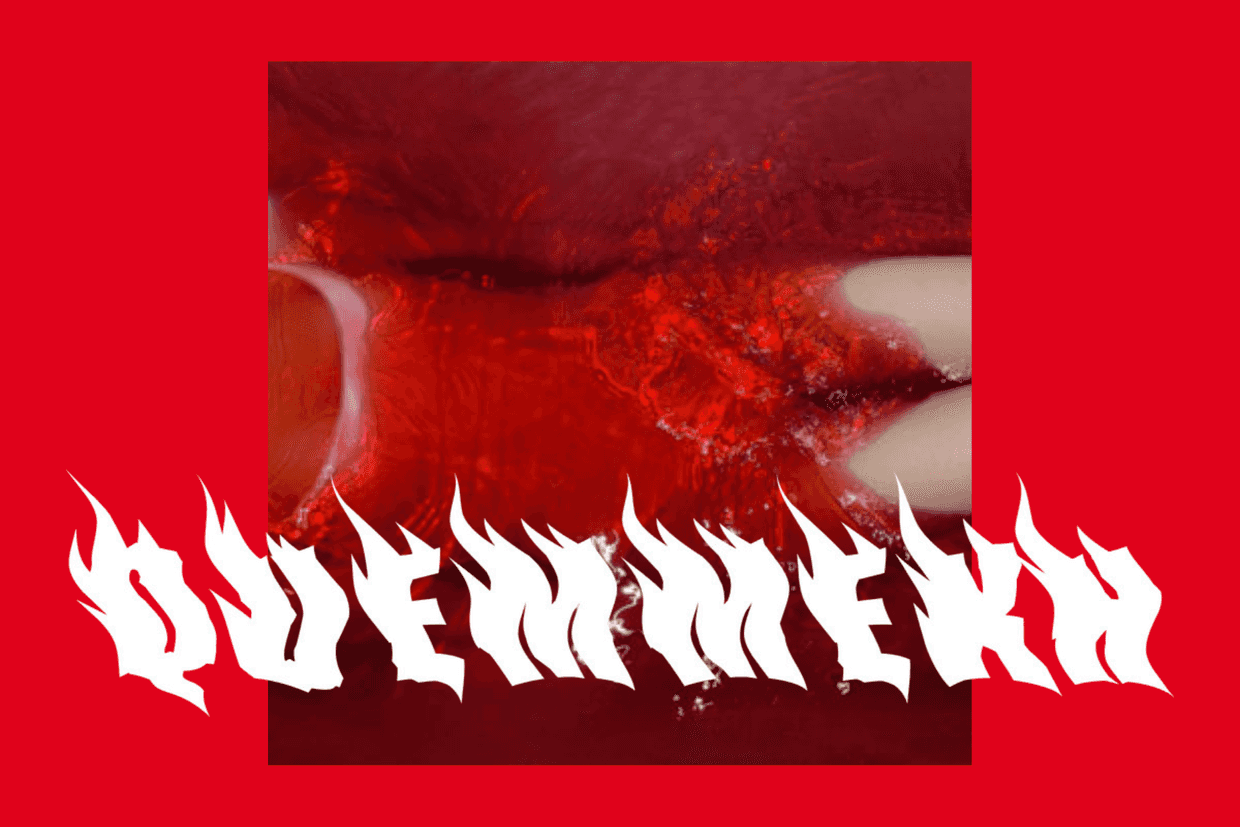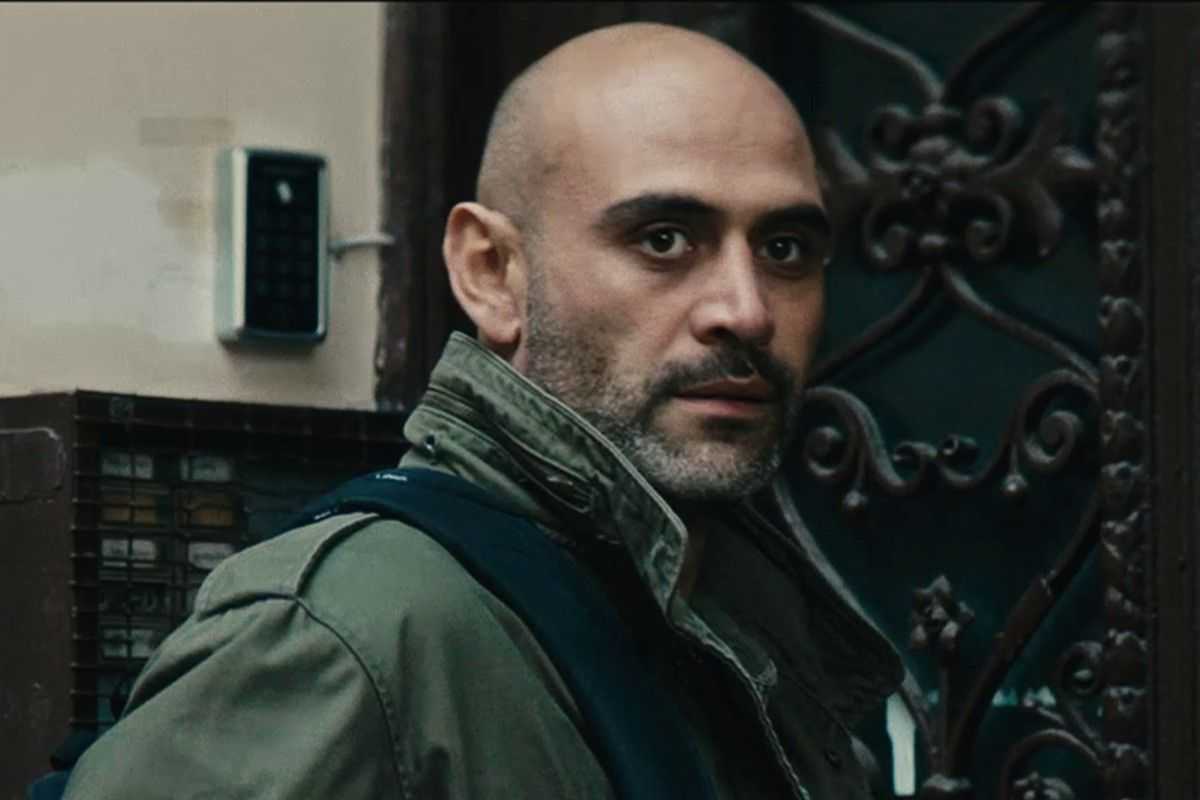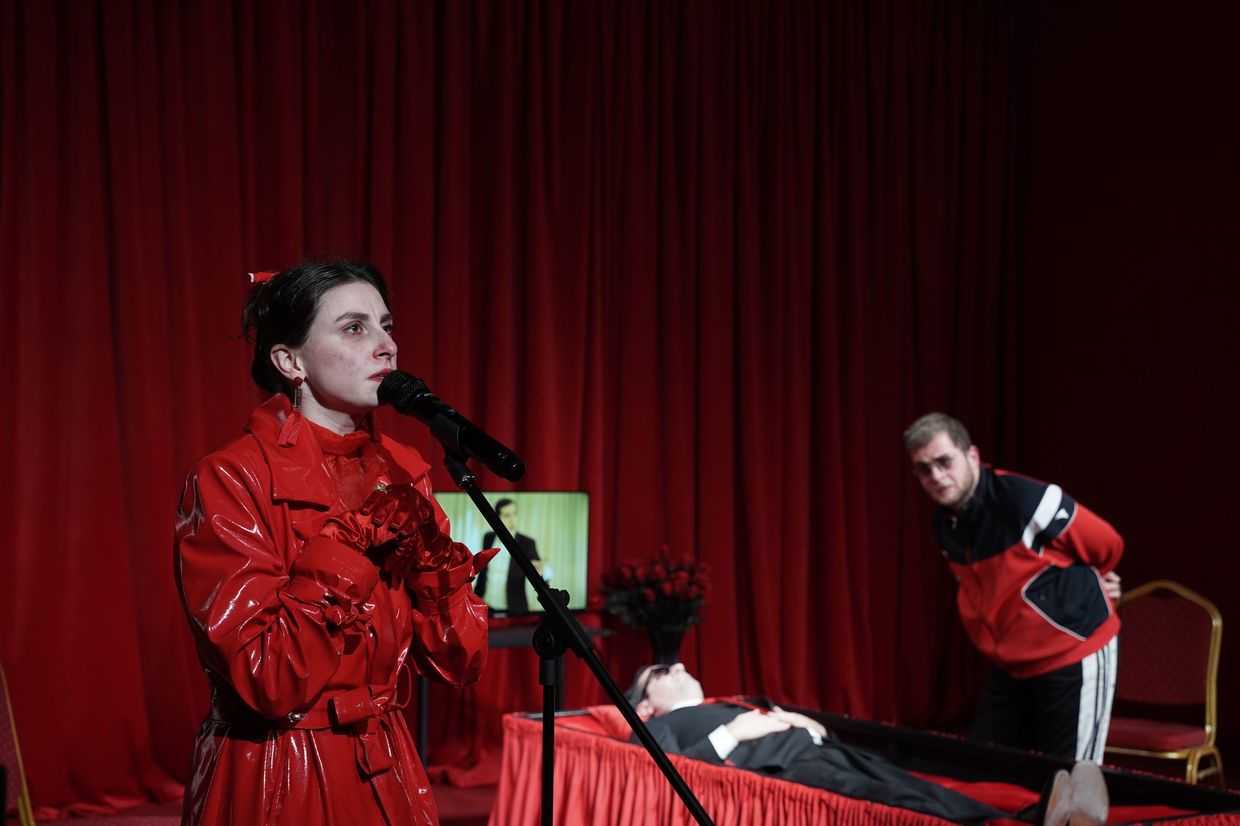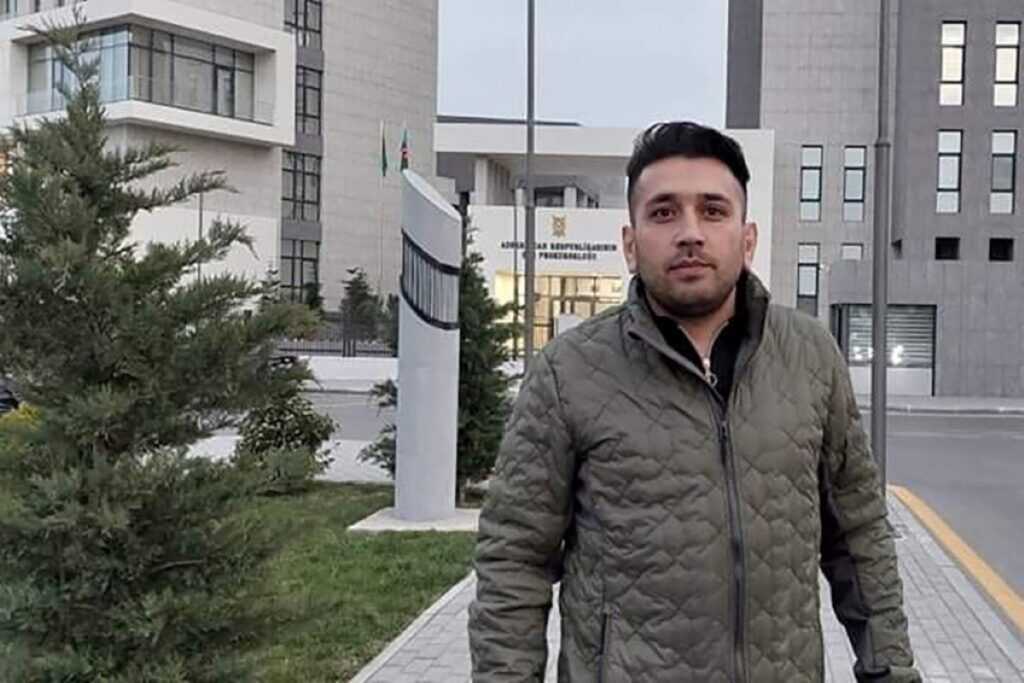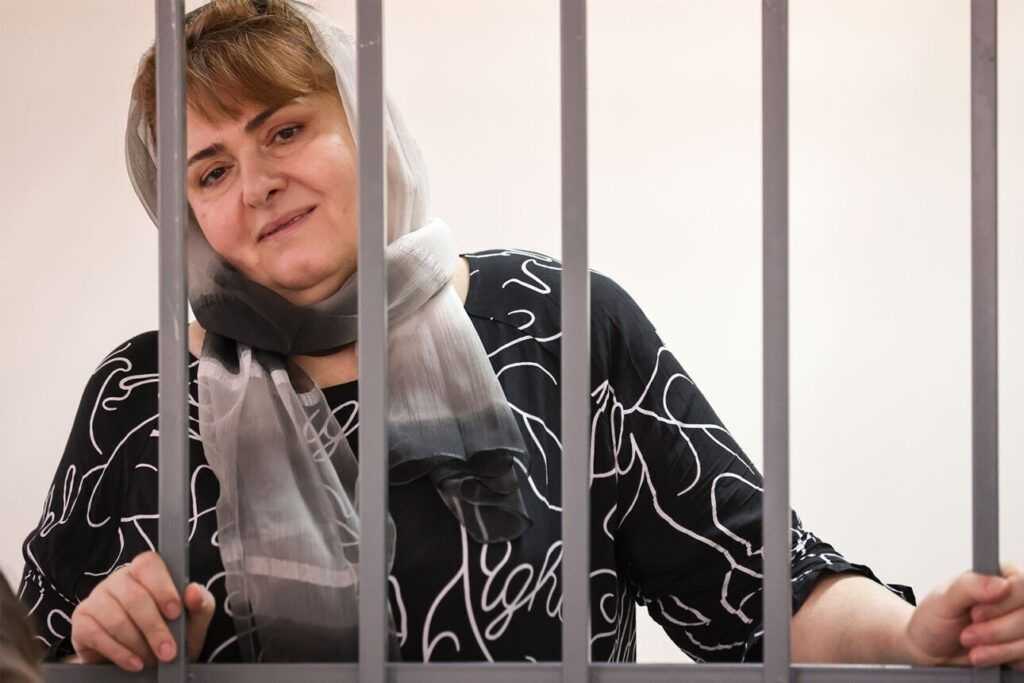★★★★☆
Azerbaijani director Hilal Baydarov’s second feature is a rare composite of a road movie, a spiritual fable, and a feminist revenge story.
Before studying under the famous Hungarian director Béla Tarr at the Sarajevo Film Academy, Baydarov had made something of a name for himself as a maths whizz. He won a couple of national maths championships, and in 2011 led the Azerbaijani team in the Informatics Olympiad in Thailand. He then began making documentaries, the most well-known of which is the 2019 film When the Persimmons Grew, a meditation on his relationship with his mother. In fact, Baydarov’s mother is at the core of the majority of his films — in this sense, he’s a little like Azerbaijan’s answer to Pedro Almodóvar. In Between Dying (2020), an Azerbaijani-Chilean co-production, persists with this core thematic focus.
The film opens to a lone figure walking in a grassy landscape. A poem written by a six-year-old girl is narrated, describing a teacher facing 1,000 doors as he attempts to find his class of students. It’s a cryptic start but the next shot is more material: the protagonist, Davud (Orkhan Iskandarli) and his mother (played by director Baydarov’s mother, Mariam Naghiyeva) are arguing in their cramped and badly-lit home.
As his mother lies ill on the sofa, Davud rants from the next room about the monotony of his life and the fact she used his special teacup. It’s clear he resents caring for her, even blaming her for the death of his father.
Davud eventually storms out to meet his girlfriend. Once together, they chat about procuring some weed, and within five minutes, Davud has shot the henchman of some drug kingpin referred to only as ‘the Doctor’. Knowing he must run for his life, Davud ditches the girl and sets off for the countryside on his feeble black moped. So begins the road movie.
Hunting him are three young men, henchmen of the Doctor. They have a kind of dumb-dumber-dumbest thing going on, which operates as a source of levity in the otherwise dreamy and oblique atmosphere.
The rest of the film has two modes: the narrative proper, a chase through the Azerbaijani mountains, and a recurrent scene showing Davud, a woman in a burqa referred to as his wife, their small son, and a white horse. In these latter scenes, Davud and his wife exchange lyrical expressions of longing for one another. Neither mode is particularly rooted in reality: the chase narrative is so mythic and strange that the family scenes feel something like a dream within a dream.
Baydarov names Russian director Andrei Tarkovsky as a primary influence, and there is plenty of the latter’s uncanny emotional intensity in In Between Dying. David’s fictional family, for instance, only appear in the film as symbolic representations of his search for love or ‘home’. It recalls the structure of Viktor Erofeev’s comic poem, ‘Moscow Stations’: also a road tale of sorts, in which a drunkard attempts to travel to the suburban town of Petushki to reunite with his wife and young son. The narrative is similarly dreamy, if much funnier, and it quickly becomes clear to the reader that the wife and son are figments of his imagination.
Along the road, Davud chances upon a series of women, all in some kind of plight, from a girl chained up in a barn by her father, to a runaway bride fleeing a man she does not love. One way or another, Davud helps these women to extricate themselves from their trouble.
‘It’s as if they were all waiting for him and once he arrived, they were free’, one of the henchmen remarks.
In Between Dying makes being a woman in rural Azerbaijan look extremely unappealing. Yet it is this rural setting, its bleak highways and bruised autumnal mountains, that constitutes the real poetry of this film. This desolate beauty, paired with a soaringly mournful soundtrack by Kanan Rustamli, successfully defends the film against any accusations of pretension or navel-gazing. It’s truly magnificent cinematography from Eishan Abbasov.
To enjoy In Between Dying you simply have to renounce any notions of narrative clarity, and lean into the film as you would a poem, letting it wash over you, and seeking meaning only in the abstract or spiritual sense. At 1hr 28m, you won’t have to exert yourself to do so.
Film details: In Between Dying (2020), directed by Hilal Baydarov. Available to watch on DaFilms.com.





